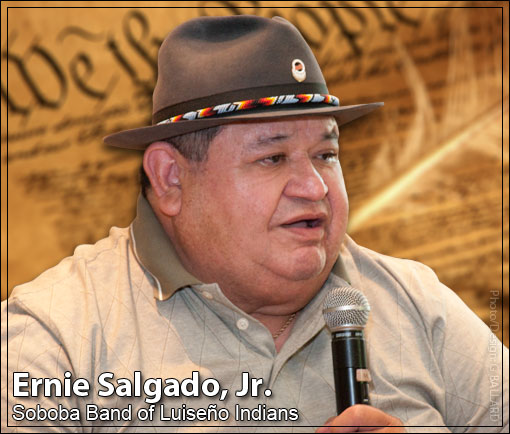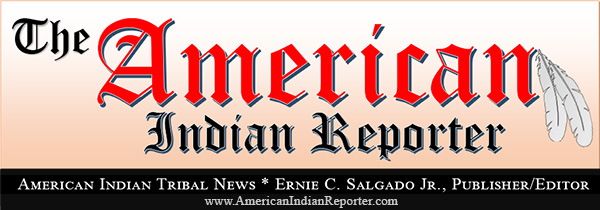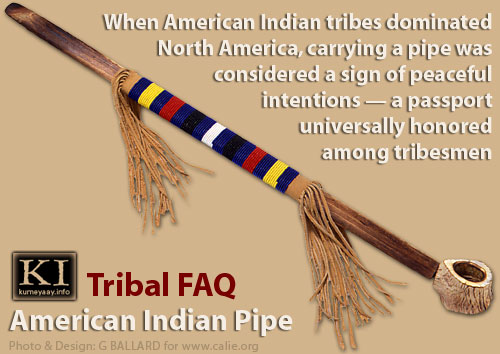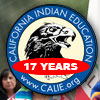 |
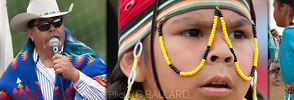 |
 |
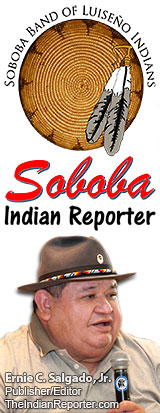
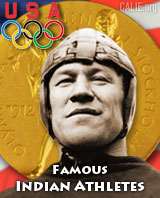
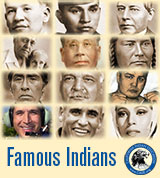
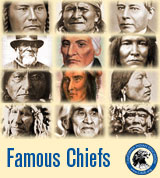

Publishing Corner: Indian Community: Science & Wonder Indian Heros: California Indian Art: CALIE Library: Academic Financial Aid: Tribal Governments: Indian Gaming: |
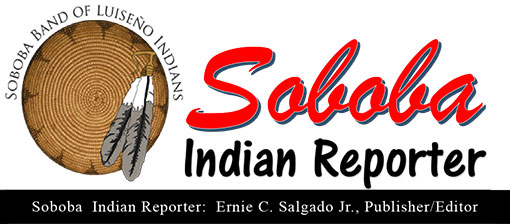
The True Origin of the Term “Native American”
Have you ever wondered who, where and when the term “Native American” originated? Most folks under the age of 60 most likely assume it was always a term used to make reference to the American Indian people and as such just accept it.
Now I want to share the truth on how the phrase or expression “Native American” was coined by a handful of California Tribal Leaders in 1975 as a commendation for the nation's Bicentennial 1776-1976 celebration. During that time many Tribal Governments across the country were celebrating the passage of the Indian Self-Determination and Education Act of 1975 (Public Law 93-638). But first, to give you a better understanding of the reason for the invention of the term “Native American,” we need to go back to 1975 for the lack of a better staring point for this historical experience. On January 4, 1975 President Gerald Ford signed the most significant American Indian legislation on the history on the United States of American, the Indian Self-Determination and Education Act of 1975. The fundamental significance of this single piece of legislation is that it forever changed the political relationship between the American Indian Tribes and United States Government. For the first time since European invasion the American Indian people were allowed to manage their own affairs, not totally, but a giant step forward. Yes, as hard as it may be for many of the younger tribal members to believe, the total extent of the authority the Government had over the American Indian Tribes. Prior to the passage of the Indian Self-Determination and Education Act the American Indian Tribes had little or no control over their respective reservations or rancherias. However, during the turbulent '60s many Tribal Leaders began to gain more support from younger and more militant tribal members in opposing the parental guardianship by the Bureau of Indian Affairs. Many of the militant tribal youth were second generation Mission Indian Federation family members. The Mission Indian Federation was established in 1910 was one of the first tribal political organization to champion tribal sovereignty.
The charges were later dismissed, but the Mission Indian Federation organization was forced to operate underground.
The Native American Rights Fund (NARF), co-founded in 1970 by David Risling (Hoopa) and John Echohawk (Pawnee), provided the coordination of the legal services needed. Mr. Risling also co-founded the California Indian Legal Service and the California Indian Education Association. Although the legislation didn’t remove all Government oversight of the American Indian Tribes it gave them a voice in the decision making process over their reservations. The legislation allowed the tribes to participate in the development of the regulations for the implementation of the Act which, became effective on January 1, 1976. However -- in all fairness and respect -- the legislation was the result of years of political activism by tribal leaders across the Nation that gained the support of President Richard Nixon a Californian. Before Nixon's tragic departure from office he championed the cause of the American Indian Tribes. The Indian Self-Determination and Education Act of 1975 (Public Law 93-638) was Nixon's signature American Indian legislation. In 1975 the California Tribal Chairmen’s Association gave the tribes the political platform needed to bring about the changes beneficial to the tribes. And with the passage of the legislation the Bureau of Indian Affairs was quick to understand the loss of power over the tribes and the potential strength of the California Tribal Chairman’s Association in the future given the unity of the tribes. The pending Bicentennial and the spirted attitudes of the tribes over the passage of the Indian Self-Determination and Education Act of 1975 gave the Bureau the opportunity it needed to implement a plan to create discord among the tribes. To that end it was successful in pitting one tribal group against the other. The BIA caught the tribal leaders totally off guard with its deceitful plan. Money and the promise of more money was the carrot used by the Bureau to gain favor from one group against another to create the division between the tribes. The first example was the distribution of about $250,000 to six or seven of the most powerful tribes for their input in developing a slogan or something memorable for the nation's Bicentennial celebration. However, the tribal leaders were unaware of the motive behind the Bureau's actions. The tribal leaders that participated in the Bureau’s Bicentennial project included:
The term “Native American” was result of their efforts. And it caught on like wildfire. So now you know the true origin the term “Native American” coined 43 years ago.
How do I know this to be true? Because I was there. I was one of the many militant tribal youth from second generation Mission Indian Federation families. And since I’m old school, I prefer “American Indian” over the term.
Ernie Salgado Seeks to Establish New American Indian Reporter Newspaper Read his open letter to the SOCAL tribes We invite your tribal participation with the American Indian Reporter newspaper. Our goal is to release the first printed issue on April 1, 2018. The American Indian Reporter will be designed to serve Southern California American Indian tribes. It will be the only tribal newspaper dedicated to serving the Southern California tribes ... We proudly use the Mission Indian Federation logo in our masthead as a historical symbol of tribal unity. Ernie's Dream became Reality...
Read all about it at AmericanIndianReporter.com SUBSCRIBE to The American Indian Reporter (AIR) tribal newspaper. Tribal members' full-color community newspaper emailed to you: FREE electronic downloads through our bi-weekly newsletter and our complete PDF ARCHIVE.
WHO PRODUCED THIS AMERICAN INDIAN NEWS ARTICLE?
|
CALIF INDIAN EDU NETWORK: APAPAS.com
—
WEB SITE DESIGN
www.calie.org COPYRIGHT 2008-Present • ALL RIGHTS RESERVED


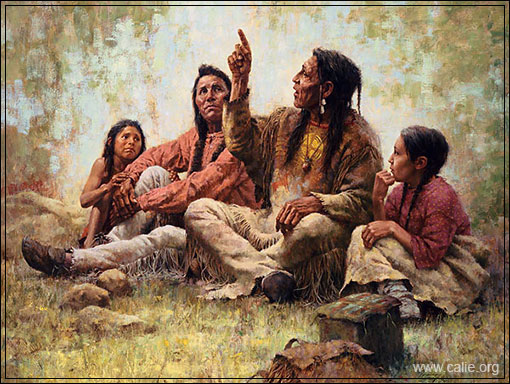
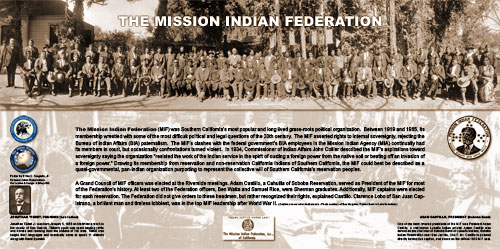
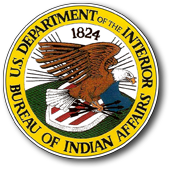 The Federation's efforts were strongly challenged by the
The Federation's efforts were strongly challenged by the 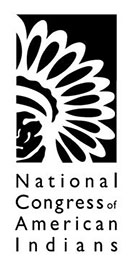 On a National level the
On a National level the 